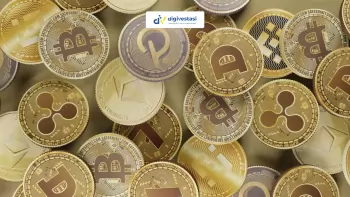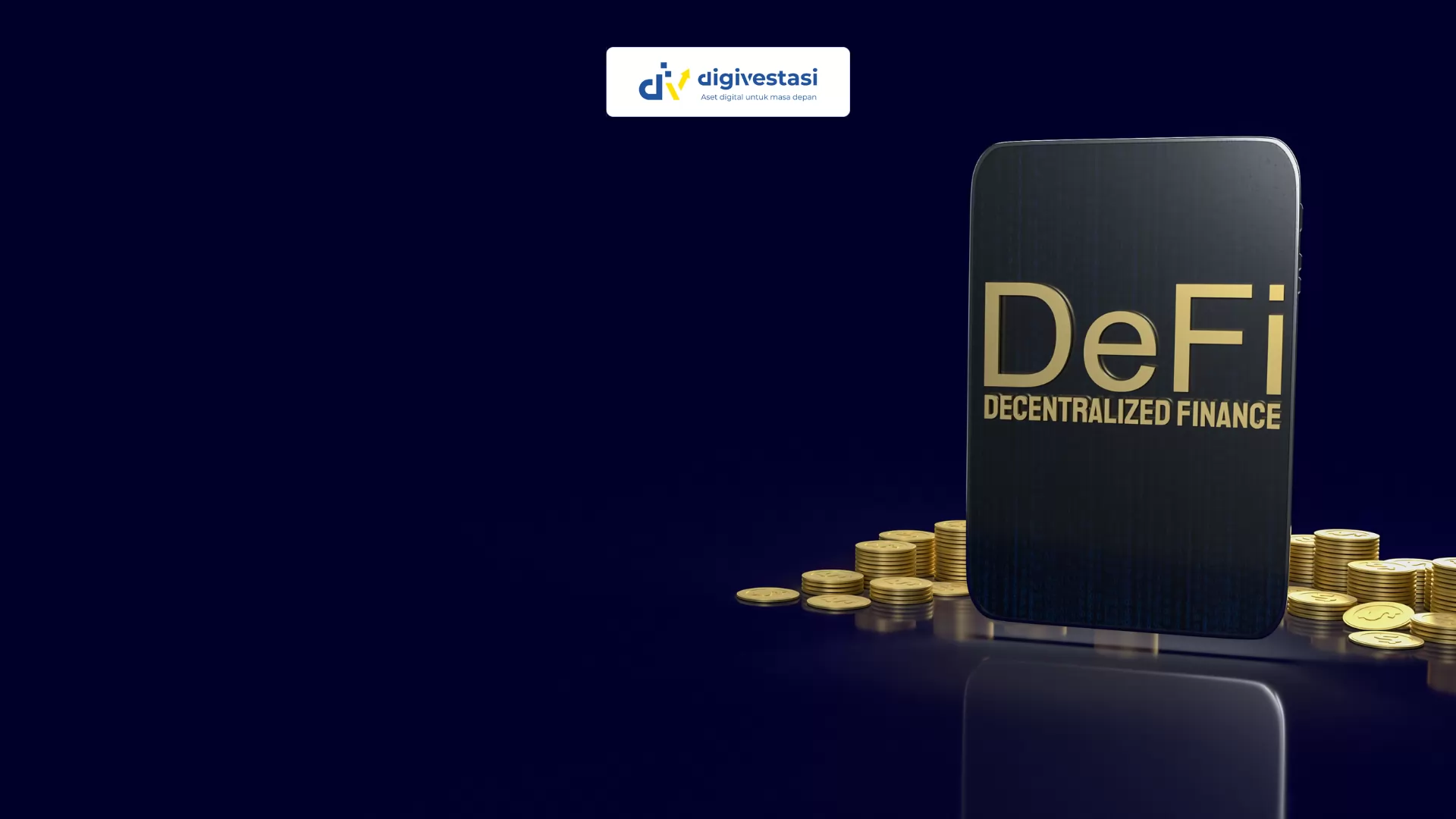
Crypto News
Deutsche Bank Set to Become Banking Partner for Bullish - The Crypto Exchange Listed on NYSE!
/index.php
Crypto News - Posted on 12 October 2025 Reading time 5 minutes

Perpetual DEX Sets New Record, Monthly Volume Surpasses US$1 Trillion
The world of decentralized finance (DeFi) has once again reached a historic milestone. Perpetual decentralized exchanges (perpetual DEXs) have surpassed a monthly trading volume of over US$1 trillion for the first time, marking a surge of global interest in non-expiring derivative contracts within the crypto ecosystem.
According to aggregated data from The Defiant, Unchained, and Bitget Research, trading volume across perpetual DEX markets in September 2025 reached US$1.14 trillion, an increase of nearly 50% compared to the previous month.
This growth reflects a significant shift among both retail and institutional traders toward on-chain derivative instruments that offer greater transparency and non-custodial control.
Aster, a platform built on BNB Chain, led the market with a trading volume of US$420 billion, overtaking Hyperliquid, which previously dominated the sector.
Meanwhile, Lighter an Ethereum Layer-2–based protocol—recorded rapid growth despite still being in its public beta phase, posting more than US$160 billion in monthly trading volume, according to reports by Bankless and TradingView.
The substantial rise in decentralized derivatives trading can be attributed to several key factors:
1. High Leverage with No Expiration
Perpetual futures contracts allow traders to maintain open positions indefinitely while utilizing high leverage to maximize potential gains.
2. Full Decentralization and Transparency
All transactions are executed on-chain, granting users complete control over their assets without the involvement of third-party custodians.
3. Competition and Protocol Innovation
The entry of new projects such as Aster, Lighter, and Hyperliquid v2 has intensified market competition, driving feature innovation, cost efficiency, and enhanced liquidity incentives.
4. Migration from Centralized Exchanges (CEXs)
Growing concerns over regulatory risks and security vulnerabilities at centralized exchanges have prompted many traders to shift toward decentralized derivative alternatives that offer greater openness and autonomy.
Analysts from Bankless view this trend as the “second wave” of DeFi adoption, where complex instruments such as derivatives are increasingly being accessed through decentralized networks.
“A trading volume exceeding one trillion dollars signals that derivative DEXs are no longer an experiment — they’ve become a core part of global market infrastructure,”
the report stated.
However, some analysts cautioned that the perpetual DEX market still faces liquidity challenges for certain trading pairs, as well as risks of rapid liquidation stemming from the extreme volatility inherent in the crypto market.
With round-the-clock trading and contracts that never expire, perpetual DEXs present an attractive alternative to traditional derivatives.
However, the absence of centralized oversight leaves the ecosystem exposed to systemic risks and smart contract vulnerabilities, which continue to draw attention from regulators and industry observers.
If this growth trend continues, analysts project that annual trading volumes on perpetual DEXs could exceed US$10 trillion by 2026, cementing decentralized derivatives as one of the cornerstones of modern DeFi.
What do you think about this topic? Tell us what you think. Don't forget to follow Digivestasi's Instagram, TikTok, Youtube accounts to keep you updated with the latest information about economics, finance, digital technology and digital asset investment.
DISCLAIMER
All information contained on our website is summarized from reliable sources and published in good faith and for the purpose of providing general information only. Any action taken by readers on information from this site is their own responsibility.